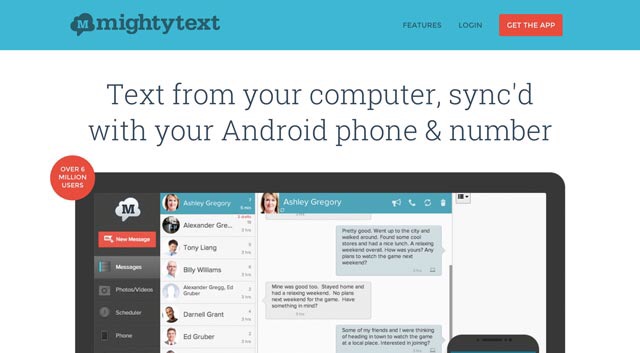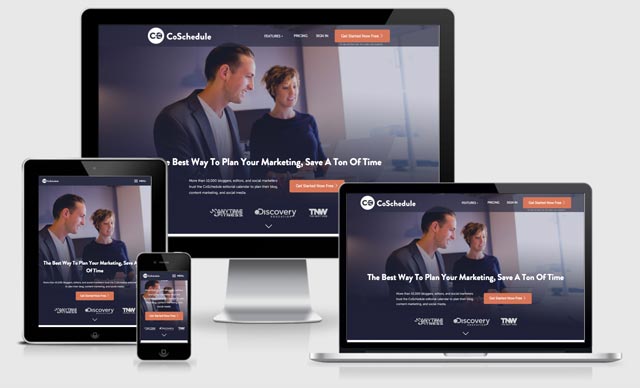Creating good web sites begins with a certain consistency. This consistency is essential for the cognitive burden of a website’s visitor. Whenever your design is consistent, utilizing the internet site seems smooth and logic. Nonetheless, if it is inconsistent, the consumer has to invest unnecessary effort. This is what you need to avoid when you wish to produce sites that meet with the objectives of the site visitors.
Consequence, in the feeling of persistence, doesn’t mean doing the exact same thing again and again. In some certain areas, more needs to be invested into building consistency while other areas are easier to create. It’s also really boring to always do the same thing and to provide boring, uniform designs. One of the keys to success may be the balance between persistence and chaos.
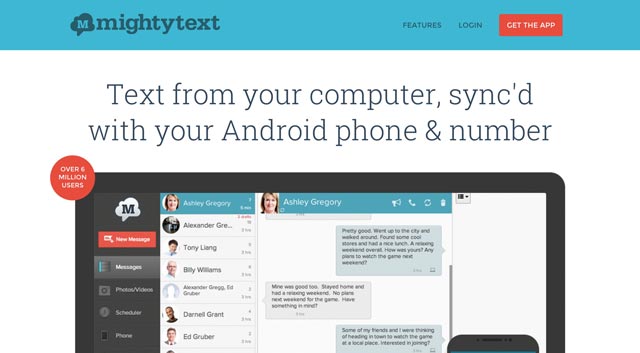
In this short article, we are going to explain in more detail, just what persistence in web site design means, why it is critical to attain, and just what this means to create it in accordance with individual objectives.
Why Consistency in Web Design is very important
Good design for interactions is based on the system’s learnability. Put simple: whenever a user interface is useful, it becomes predictable. Which means an individual knows utilizing features that are certain, without any guidance. And this sums up what the following article is all about.
A safe and predictable UI leads to smooth operation of the final product – a consistency that is good. In comparison, whenever a user interface is inconsistent, it hinders the process, provokes frustration and results in a user experience that is bad. The user will not visit the website again.
Of course, consistency is not restricted to the site you created. The user will invest nearly all of their time searching other sites. By doing this he will gain experience in dealing with a website. Regarding your site, this experience will then either be positive or negative, depending on how much effort you put in the user guidance and operability. Essentially, persistence ensures that everything fits together completely and works homogeneously.
The Principle of Minimum Surprise
When you’re not certain on how best to design the top of your website, stick to the principle of minimal surprise. Needless to say, tiny surprises, such as the ones on MailChimp are alright. Nonetheless, your core features shouldn’t vary from the typical in excess. The design guideline should be followed. Videos shouldn’t be confused with pictures; buttons is effortlessly recognizable, labelled with a message that is clear and so on. Always check your design from the point of view of a user.
When you’re still not sure what consistent design means, read the iOS Human Interface Guidelines. That should help. These guidelines can also be applied to websites.
Consistency in Web Design
Consistency regarding web design can be divided into two areas, internal and external consistency. Outside persistence means evaluations along with other services and products and areas while interior persistence is targeted on the project’s area in itself. Let’s take a closer look at the best methods for surface design.
External Consistency
External persistence includes the comparability with comparable items. Your site gets in comparison to numerous other sites each and every day. To summarise, you’ll say that outside persistence means meeting user expectations. To create a design that does that, you need to look at your design and the ongoing work of other developers through the viewpoint associated with the individual.
A clear user guidance. The user instantly knows his ways around
The current knowledge of your website’s visitors depends on some external factors. However, in most cases, the expectations of the users will be appropriate, allowing you to react to them. In the end, the design is based on how much your users know already. It is not a brand new concept, nonetheless it is just about the standard and that can be located on nearly every site or mobile application.
For instance, there’s a slider for the presentation of pictures, an envelope icon for the e-mail address, the logo design associated with the web site leading back again to the landing page when clicked. A few of these are returning UI patterns that the site visitors expect.
Using returning area patterns
Using so-called UI patterns or area patterns stops numerous issues regarding user friendliness. Many users already know these patterns from other solutions, learned them from visiting other websites or by using programs like Word or other everyday programs. Designers certainly don’t need to reinvent the wheel. The e-book that is free Web UI Design Patterns 2014« covers most of the conventional patterns. You can get good ideas from there.
Examples for UI Patterns
Microsoft Word

Microsoft Word for OS X
Probably all of us have used Microsoft Word or use it still. Its type of menu options has etched itself into the minds of users that often use text editors. Thus, it feels natural to find them in other applications. Even at this moment, writing this article, I have this type of user guidance in front of me because the WordPress TinyMCE editor uses the same design elements.
Icon Fonts
The icon font »Font Awesome« is a superb example of a functional pattern that is UI. It provides icons that a lot of people can immediately recognize and relate to. As these icons can also be edited in size easily, icon fonts are the first choice when creating a user experience that is good. As you care to see, persistence and might have numerous faces, however the recall value is definitely quite high and so produces good consumer experience.
Recognisable, Clear, Structured and Intuitive
The most important things are that web design can be summarised in one headline. That doesn’t mean that your websites should always look the same. It just implies that the essential elements always are where the visitor of your website searches for them. A navigation belongs at the area that is top of site. Right here it’s going to be noticeable and in a position to get the optical eye instantly. The search feature – when offered – also needs to be easily distinguishable. The logo has to be clickable and has to lead back to the homepage.
A website shouldn’t be overloaded. Less means more here! Clear structures are necessary. Call-to-action buttons need to instantly catch the eye and should be labelled properly so your individual knows what he’s anticipated to do. Intuitive implies that everything is found where it first appear because of it. You realize this. You’re a consumer of sites also. Therefore always check your design from that time of view.
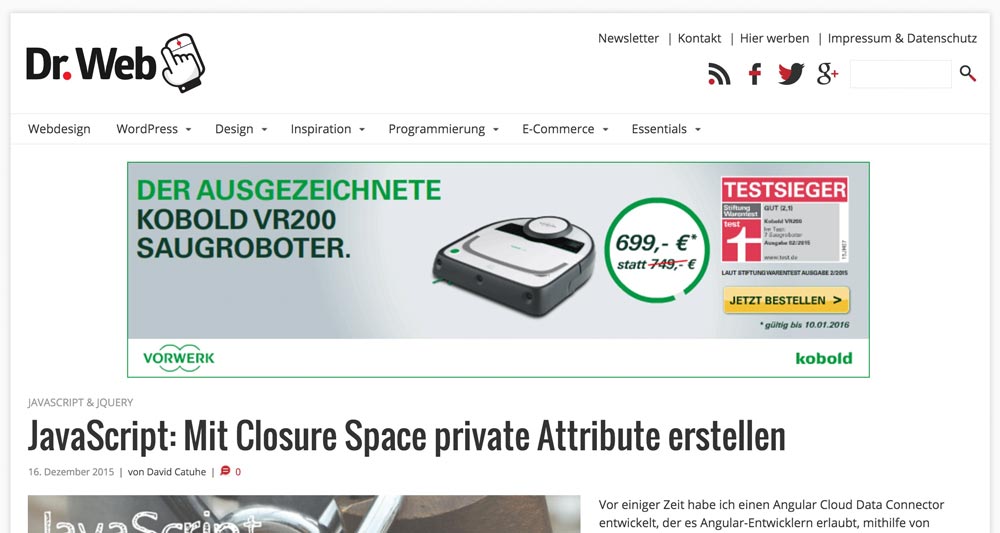
Everything within the Right Spot: Our Beloved Sister Dr. Web
These ThingsSshould Really be Avoided
Expectations of site visitors aren’t constantly choices. Often they’ve been simple practices. Let’s simply take a standard comment as an example. We all know that a star next to the input field means that this given info is necessary. If no info is entered, you can’t carry on.
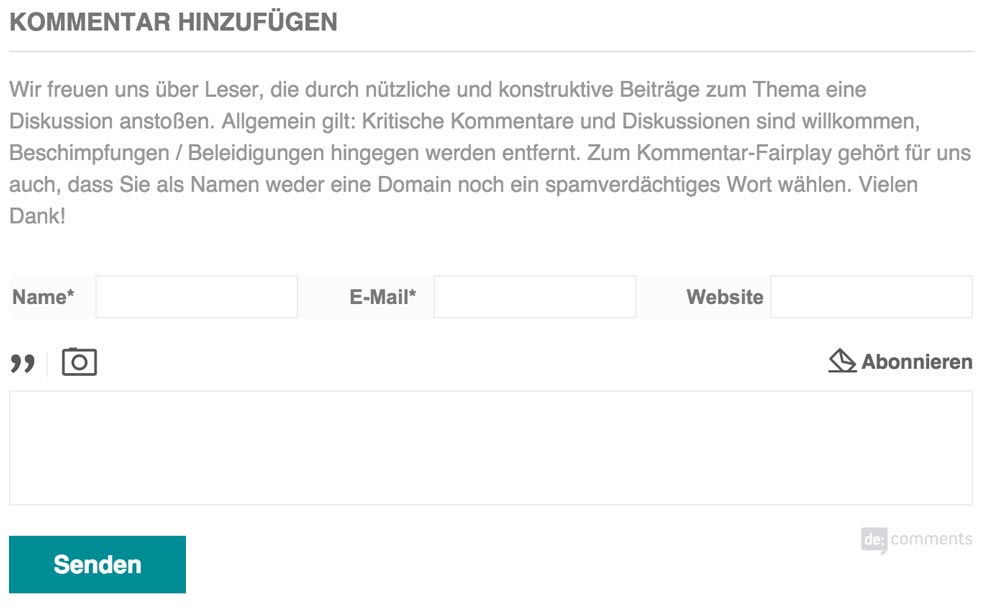
In many registerforms, the mandatory fields outweigh the ones that are optional. Wouldn’t it be easier to mark the fields that are optional a star? Avis has tried exactly that.
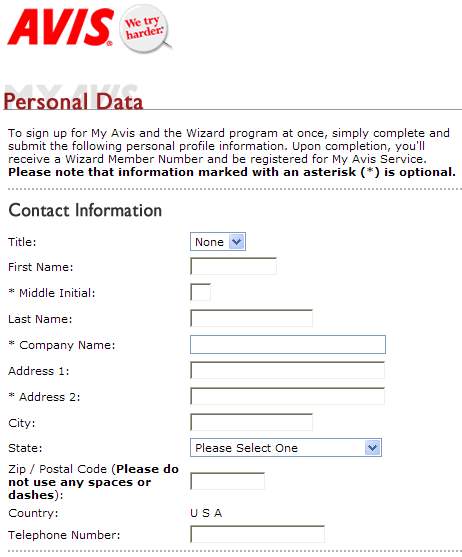
However, the only method of understanding this brand new labelling would be to browse the text. Never underestimate the laziness of the users. In the past, the site visitors of Avis actually filled within the type like these people were accustomed and had been crazy and puzzled by what the goal of this kind that is new of guidance was. This design that is new the users to learn types once more. It has nothing in connection with functionality. Avis quickly noticed the miss and reoffers a form that is standard.
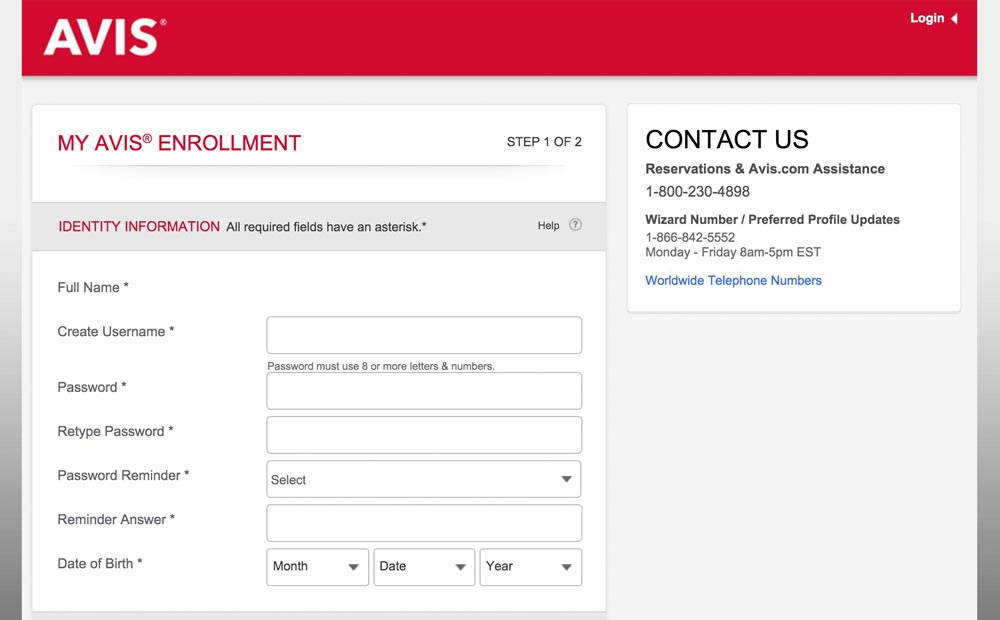
All required input fields can instantly be recognised, as the stars tell the user what to do. It doesn’t matter if the stars are red or black; the consumer understands this is required. Instead, the fields that are optional also be labelled with the word “optional”. However, that forces the user to read the form. The burden that is cognitive the user increases – even in the event simply for several milliseconds -. This may never be the target, as intuitive settings result in the user feel safe. He’ll happily go to the site you created once again.
Conclusion
Of program, we are able to just show the basic principles in this essay. But attention that is paying the basics can already lead to a well-designed website that meets the user expectations sufficiently. Always remember that a user on a website doesn’t want to think. He expects user that is intuitive that instantly informs him what you should do. A visitor expects a structure that is clear a design that is not overloaded. Less is more. Always try to view your work through the optical eyes of a visitor.
